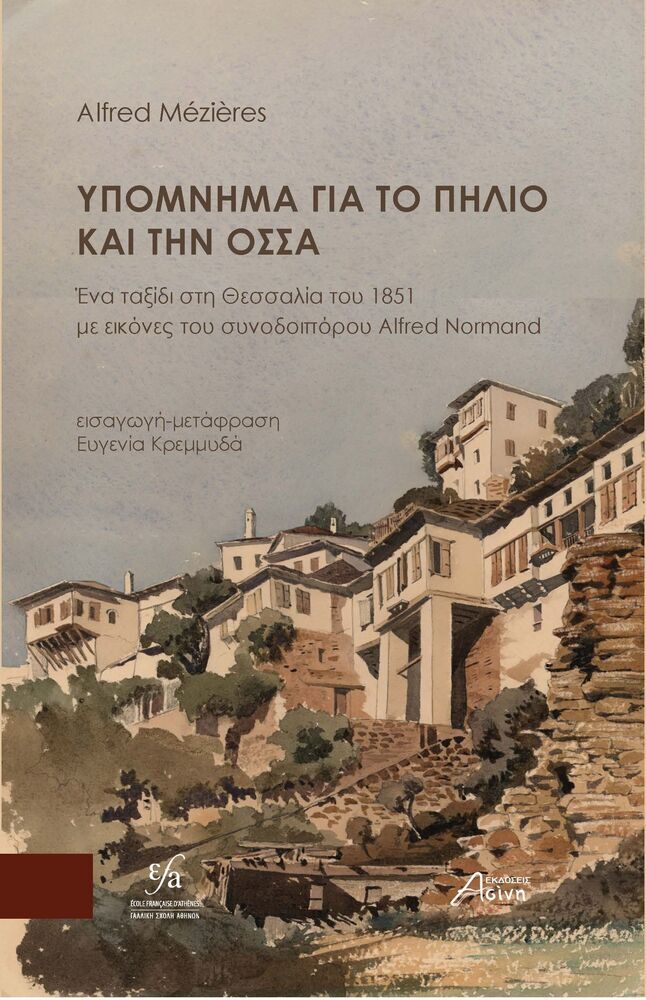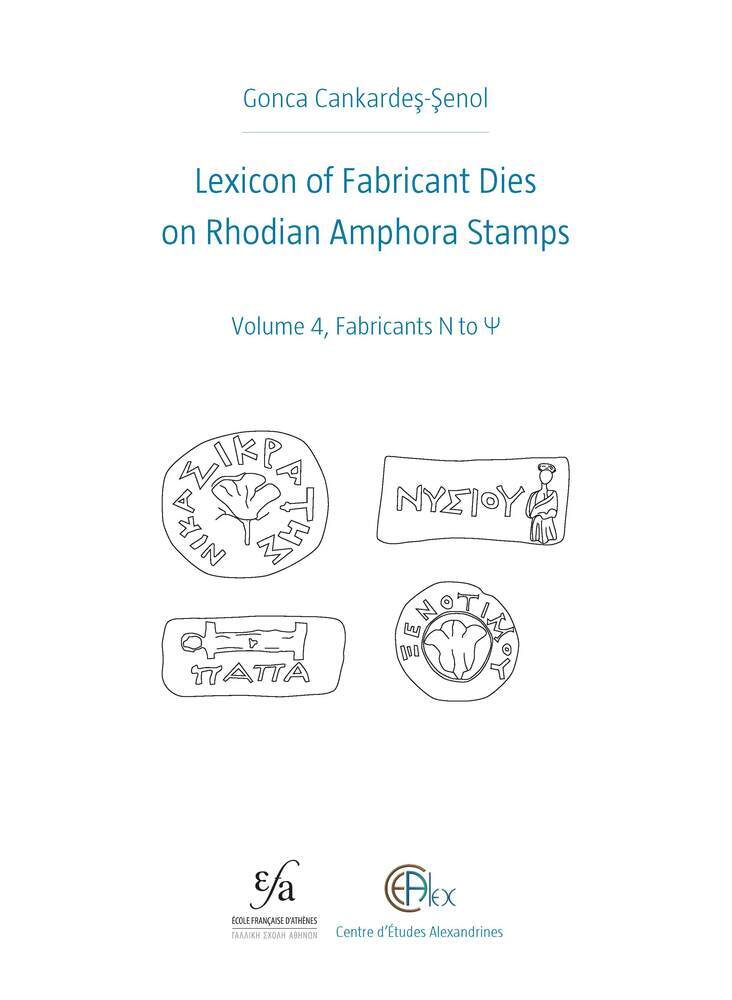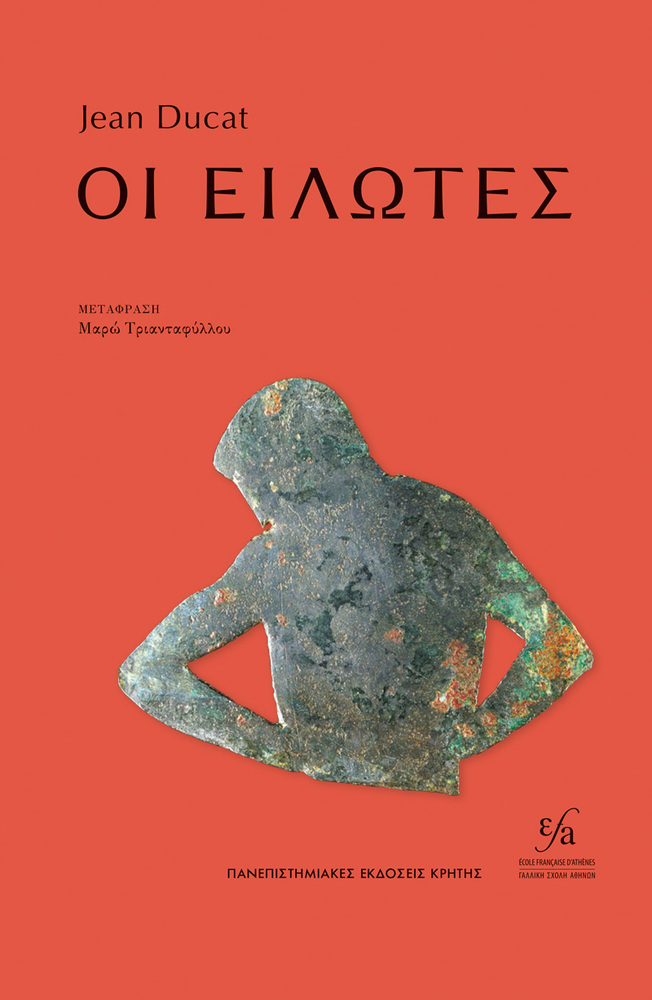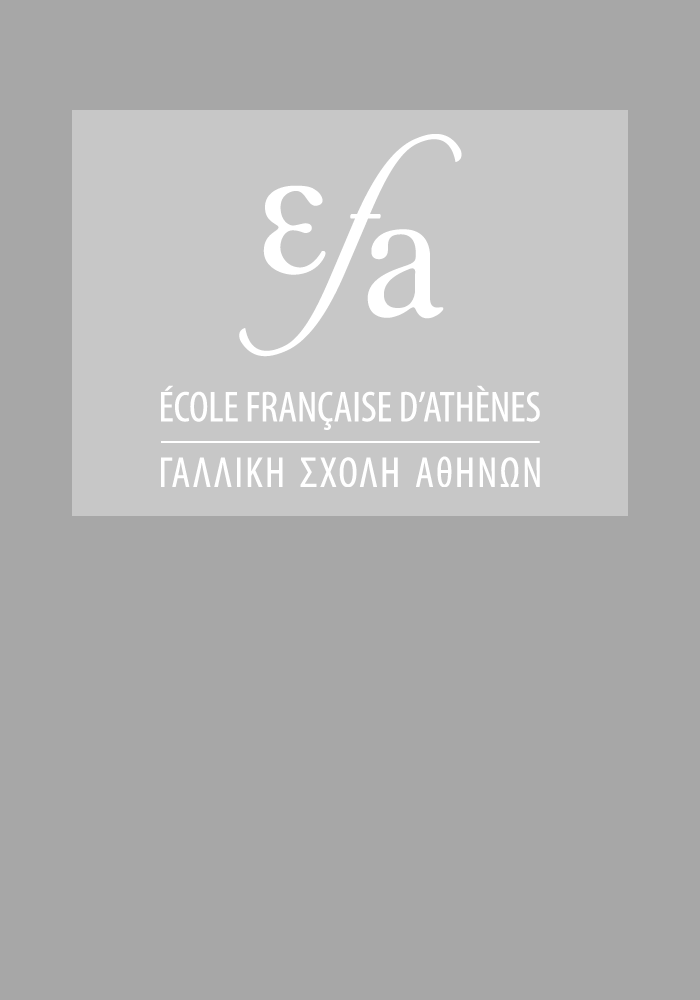L’histoire des circulations en Méditerranée ancienne s’est longtemps restreinte à celles des hommes et dans le cadre des milieux anthropisés, au détriment des circulations de animaux. L’essor des études animales amène désormais à les intégrer pleinement à cette histoire qui s’insère aussi dans celle des environnements et des sociétés qui les habitent.
Au cours du Ier millénaire avant J.-C., des espèces ont régressé sous la pression humaine (lions, éléphants) voire disparu ; d’autres sont arrivées de mondes lointains, comme le paon ou le zébu, parfois introduites par les hommes indépendamment de leur volonté. Les déplacements de troupeaux ont fondé les élevages. Des espèces sauvages ont migré spontanément, comme les criquets. Les animaux se révèlent ainsi sujets autant qu’objets de l’histoire des faunes méditerranéennes.
C’est cette variété de circulations animales et la façon dont elles reconfigurent la répartition géographique des espèces dans l’espace méditerranéen que cet ouvrage vient étudier, en proposant la première zoogéographie historique de la Méditerranée ancienne. En mêlant archéologie, archéozoologie, histoire, iconographie et philologie, l’étude des faunes, des bestiaires et des différentes formes de circulations permettent d’interroger les phénomènes d’expansion ou de régression des espèces et l’impact de l’action humaine sur ces mutations.
Christophe Chandezon est professeur d'histoire ancienne à l’université Paul-Valéry/Montpellier 3.
Bruno D’Andrea, archéologue, est professeur à l’université de Madrid Carlos III.
Armelle Gardeisen, archéozoologue, est directrice de recherche au CNRS (UMR 5140, Montpellier).
The history of circulations in the ancient Mediterranean has long been restricted to human movements within anthropized environments, to the detriment of animal circulations. The rise of animal studies now leads to their full integration into this history, which also fits into the broader context of the environments and societies inhabiting them.
During the 1st millennium BC, some species declined under human pressure (lions, elephants) or even disappeared; others arrived from distant lands, such as the peacock or zebu, sometimes introduced by humans unintentionally. The movement of herds laid the foundation for livestock farming. Wild species migrated spontaneously, like locusts. Animals thus emerge as both subjects and objects of the history of Mediterranean fauna.
This book studies the variety of animal circulations and how they reconfigured the geographic distribution of species in the Mediterranean space, offering the first historical zoogeography of the ancient Mediterranean. By blending archaeology, archaeozoology, history, iconography, and philology, the study of fauna, bestiaries, and various forms of circulation allows us to examine the phenomena of species expansion or regression and the impact of human action on these changes.
Christophe Chandezon is a professor of ancient history at Paul-Valéry University, Montpellier 3.
Bruno D’Andrea, an archaeologist, is a professor at the University of Madrid Carlos III.
Armelle Gardeisen, an archaeozoologist, is a research director at CNRS (UMR 5140, Montpellier).






